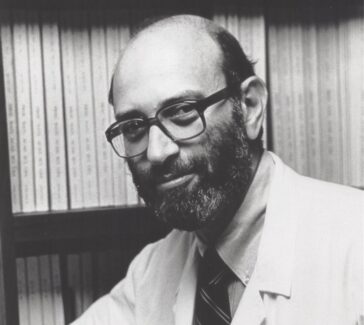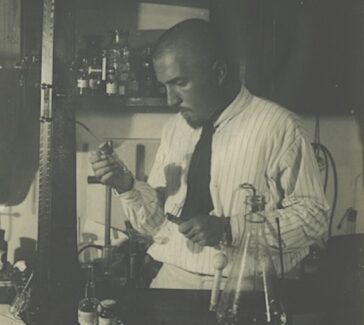Stanislao Cannizzaro
Through his important contributions to the theory of atomic weights, Cannizzaro guided his fellow chemists through a crucial time.
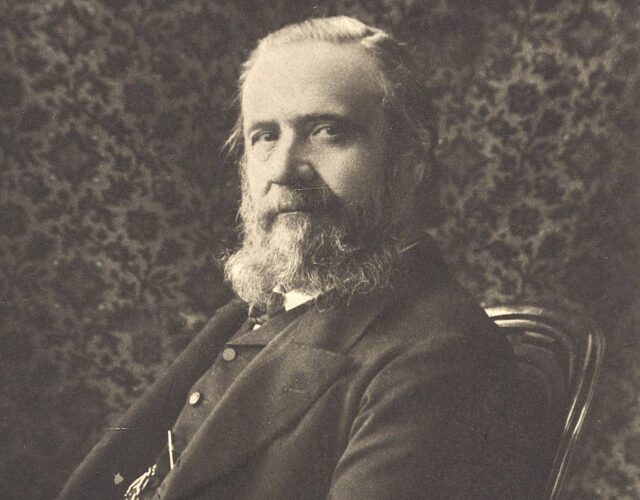
In the mid-19th century European chemists were in a state of confusion and disagreement over the most fundamental concepts of chemistry. The work of Stanislao Cannizzaro (1826–1910), a relatively unknown Italian chemist, helped lead them out of this quagmire.
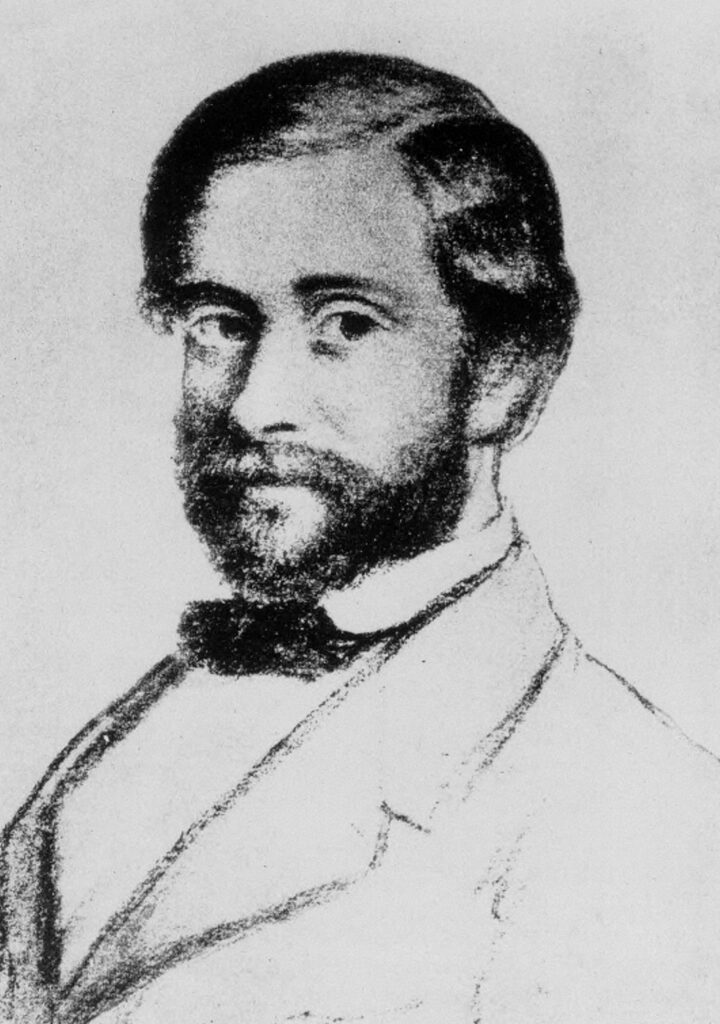
In 1858 Cannizzaro outlined a course in theoretical chemistry for students at the University of Genoa—where he had to teach without benefit of a laboratory. He used the hypothesis of a fellow Italian, Amedeo Avogadro, who had died just two years earlier, as a pathway out of the confusion rampant among chemists about atomic weights and the fundamental structure of chemical compounds.
Elucidating Avogadro’s Hypothesis
Avogadro had hypothesized in 1811 that equal volumes of gases at the same temperature and pressure contain equal numbers of molecules, from which it followed that relative molecular weights of any two gases are the same as the ratio of the densities of the two gases under the same conditions of temperature and pressure.
Avogadro also reasoned that simple gases were not formed of solitary atoms but were instead compound molecules of two or more atoms. By all accounts Cannizzaro was much clearer in his explanations than Avogadro, and as an organic chemist he also showed how Avogadro’s ideas could be applied to this branch of chemistry. Cannizzaro, in his course outline, argued that Avogadro’s theories were the key to creating a standard set of atomic weights, a goal much sought after, but his work went relatively unnoticed.
In 1860 the first international chemical congress was held in Karlsruhe, Germany, to settle some of the contemporary chemical disputes—how to define molecule and atom, what chemical nomenclature to use, how to determine atomic weights, and so on. After much discussion the chemists agreed to return home to decide for themselves how to proceed.
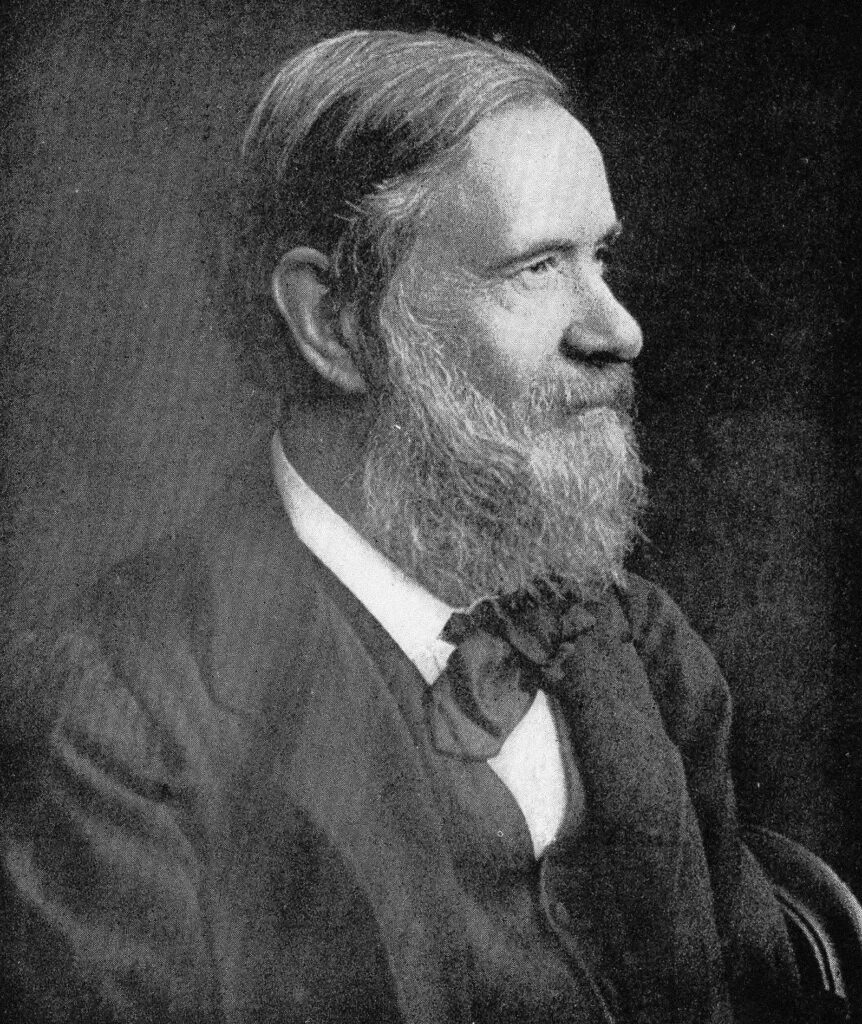
However, many participants carried away a handout—a printed version of Cannizzaro’s course outline, Sunto di un corso di filosofia chimica—that seemed convincing upon later reading. Within a decade Cannizzaro’s ideas regarding atomic weights had spread throughout the scientific community and were incorporated by Julius Lothar Meyer and Dmitri Mendeleev, both of periodic-table fame. Mendeleev acknowledged that his periodic table was inspired by Cannizzaro’s work.
Chemist and Political Activist
Born in Palermo, Sicily, where his father was a magistrate and the minister of police, Cannizzaro later attended medical school there, which kindled his interest in chemistry. Despite his family’s connections to the royal court in Naples, Cannizzaro joined the antimonarchical 1848 revolution in Sicily. When it failed, he fled to Paris, where he resumed his chemical studies.
After returning to Italy he held academic appointments in Alessandria, where he worked out the “Cannizzaro reaction”—the self-oxidation and self-reduction of aldehydes—and Genoa, where he expounded Avogadro’s hypothesis.
In 1860 Cannizzaro supported a second Sicilian revolt, led by General Giuseppe Garibaldi and his forces, who were fighting to achieve a united Italy. Subsequently, Cannizzaro took part in the new government centered in Palermo, while simultaneously expanding the program of chemical studies at the university there. Upon final Italian unification in 1871 Cannizzaro moved to Rome, where he continued his roles as a public figure and as a chemical scientist and an educator.
Featured image: Undated portrait of Stanislao Cannizzaro.
Science History Institute

